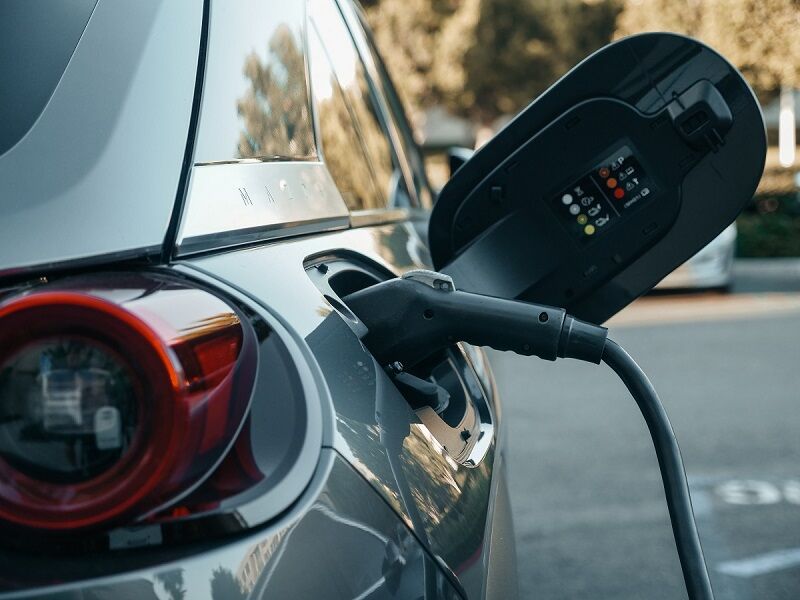Embarking on the journey of understanding mild-hybrid cars can transform your driving experience. Mild hybrids, emerging as a bridge between traditional petrol engines and electric cars, offer a unique blend of efficiency and performance. This introduction dives into the essence of what a mild hybrid is and how it functions.
At the heart of a mild hybrid is a clever combination of a petrol engine and an electric generator. This duo works seamlessly, ensuring your drive is both smooth and efficient. The generator plays a pivotal role, doubling as a starter, and waking the engine effortlessly when needed.
While you coast along the road, the mild-hybrid system smartly recovers energy, thanks to its innovative alternator design.
Understanding these mechanics isn’t just technical; it’s about appreciating the harmony between conventional and futuristic technology. This guide unveils the advantages and considerations of owning a mild hybrid, guiding you through the nuances of hybrid technology.
Here, you’ll find clarity and direction, whether you’re a seasoned driver or exploring hybrids for the first time.
What is a Mild Hybrid Car (MHEV)?
A Mild Hybrid Electric Vehicle (MHEV) is a car that combines a conventional internal combustion engine with an electric motor. This system primarily assists the engine, improving fuel efficiency and reducing emissions, without the capability to drive the car using only electric power.
How Does a Mild Hybrid Car Work?
Understanding how a mild hybrid car functions is essential for potential buyers. Firstly, it uses a system, often 48v, that assists the engine. This mild hybrid system doesn’t power the car alone; instead, it supports the combustion engine, enhancing efficiency.
The electrical assistance is primarily used during acceleration, reducing the load on the petrol or diesel engine. Another crucial component is regenerative braking. When you brake in a mild hybrid, the energy is captured to charge the battery. This energy is then used for electrical assistance later.
The mild hybrid technology also helps in reducing emissions. By assisting the conventional engine, it ensures better fuel economy, contributing to lower CO2 emissions compared to conventional petrol or diesel cars. This combination of a combustion engine and an electric motor makes the mild hybrid a popular choice for those looking to balance between traditional and electric vehicles.
Pros of a Mild Hybrid Car
Before you decide to buy a mild hybrid car, it’s important to consider its advantages.
- Improved Fuel Economy: Thanks to the electrical assistance of the engine, mild hybrids consume less fuel than conventional engines.
- Reduced Emissions: Mild hybrids emit lower levels of CO2, making them more eco-friendly than traditional petrol or diesel cars.
- Cost-Effective: Running costs for mild hybrids are generally lower due to better fuel efficiency and potential tax benefits.
- No Need for External Charging: Mild hybrids don’t require external charging unlike full hybrids or plug-in hybrids.
These benefits make mild hybrids a practical choice for many drivers, blending efficiency with convenience.
Cons of a Mild Hybrid Car
However, there are also some downsides to consider:
- Limited Electric Power: Unlike full electric or plug-in hybrid vehicles, mild hybrids can’t operate on electric power alone.
- Higher Initial Cost: While they save money in the long run, mild hybrids may cost more upfront than conventional cars.
- Battery Replacement Costs: The small lithium-ion battery in a mild hybrid will eventually need replacement, which can be costly.
Weighing these cons against the pros is crucial when considering a mild hybrid.
What to Consider When Buying a Mild Hybrid?
When you want to buy a mild hybrid, there are several factors to keep in mind. First, consider the driving experience. Mild hybrid cars feature a different feel due to the hybrid assistance. Test-driving various models can help you understand how a mild hybrid feels on the road.
Another aspect is the range of mild hybrid versions available. Research different models and brands to find the best hybrid cars on the market that suit your needs. Look for reviews in car magazines or online resources for a comprehensive understanding.
Finally, consider the total cost of ownership, including purchase price, running costs, and potential resale value. Mild hybrids may offer savings on fuel and taxes, making them a cost-effective choice in the long run.
Mild Hybrid VS Full Hybrid VS Plug-in Hybrid: The Big Difference
Understanding the difference between mild hybrid, full hybrid, and plug-in hybrid is key for buyers. Mild hybrids offer electrical assistance but can’t drive on electric power alone. This is unlike full hybrids, which can power the car using an electric motor for short distances.
Plug-in hybrids, on the other hand, can operate on electric power alone for longer periods. They feature a larger battery that can be charged externally. This makes them closer to electric vehicles in terms of performance.
Full hybrids and plug-in hybrids generally offer greater fuel economy and lower emissions than mild hybrids. However, they also come with higher price tags and require more infrastructure, like charging stations.
Conclusion
A mild hybrid car is an ideal blend of traditional and modern automotive technology. It offers improved fuel economy, lower emissions, and ease of use without the need for external charging.
When considering a mild hybrid, it’s important to weigh the pros and cons, understand the different types of hybrids available, and consider your specific needs and preferences. With the right research and consideration, a mild hybrid could be the perfect car for your lifestyle.
- One Click Car Insurance Reviews | Ratings & User Feedback - 9 December 2024
- People’s Choice Car Insurance Reviews | Ratings & User Feedback - 9 December 2024
- Churchill Car Insurance Reviews | DriveSure Telematics - 7 December 2024

